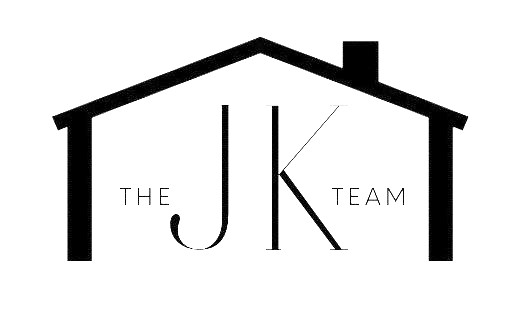Interest rates continue to hover just beneath the best levels of the year. This past week an important inflation reading was delivered and bonds breathed a sigh of relief. Let’s discuss what happened and look at the events to watch for next week.
“I’m going to Jackson; I’m going to mess around”… – Jackson by Johnny Cash and June Carter
Inflation Cooling
This past week, the July Consumer Price Index (CPI) was reported. The year-over-year number came in at 2.9%, the lowest reading since March 2021. After stripping out food and energy, the Core CPI annual reading came in at 3.2% the lowest reading since April 2021. This is welcome news.
The numbers brought a sigh of relief to the bond market as bonds hate inflation. This news could likely prompt the Fed to cut rates at the September Fed meeting and by as much as .50%.
Gimme Shelter
Shelter makes up any enormous amount of the inflation reading. In fact, it makes up 90% of the 2.9% CPI figure and 70% of the Core CPI figure.
What is Included in Shelter?
The shelter component of the CPI includes:
Rent of Primary Residence: The actual rent paid by tenants for their main housing.
Owners’ Equivalent Rent (OER): The estimated rent that homeowners would pay if they were renting their homes. This is a hypothetical cost, not based on actual rental payments, but rather on rental values of similar properties.
Lodging Away from Home: Costs of staying in hotels, motels, and other temporary lodgings.
How is Shelter Computed?
Data Collection: The Bureau of Labor Statistics (BLS) collects data on rent and owners’ equivalent rent from thousands of households across different geographic areas.
Rent Index Calculation:
For Rent, they collect data on the price of rent for a variety of rental properties over time.
For OER, they ask homeowners what they think their home would rent for and use data from comparable rental properties.
Weighting and Averaging:
Each type of housing has a different weight in the overall shelter component. Weights are determined based on how much of the average consumer’s budget is spent on each type.
The BLS calculates an index for each type, taking into account the relative importance of different types of housing in different regions.
Price Change Calculation: The BLS then computes the average change in prices over time for all shelter components.
Aggregation: Finally, these changes are aggregated to form the shelter component of the CPI.
Importance of Owners’ Equivalent Rent
Why OER?: Most Americans are homeowners, not renters. If the CPI only used actual rents, it would not accurately reflect the housing costs experienced by the majority of the population.
How OER is Estimated: OER is based on the idea that homeowners have an opportunity cost for living in their own homes, equivalent to what they could earn by renting it out.
Example:
Let’s say the BLS collects the following data:
Rent for a typical two-bedroom apartment increased from $1,000 to $1,050 over a year.
OER for a similar property went from an estimated $1,200 to $1,250.
The BLS would calculate the percentage change in both rent and OER and then combine them based on their relative weights to get the overall change in the shelter component.
Why Shelter is Important in CPI
Shelter is a large part of most people’s budgets and makes up a significant portion of the CPI. Therefore, changes in shelter costs can significantly impact the overall CPI, influencing economic policy, wage negotiations, and cost-of-living adjustments.
Summary
In summary, the shelter component of the CPI measures the cost of housing by combining data on actual rents and estimated costs for homeowners, weighted to reflect the spending patterns of the average consumer. This helps provide a comprehensive view of how housing costs are changing over time.
3.80%
The 10-yr Note which ebbs and flows alongside home loan rates was at 3.80% late last week, near the lowest levels in over a year. The lowest level for the 10-yr Note this year was 3.66%.
Refinance Activity Soaring
The decline in home loan rates did more than spike purchase activity. Refinances were at 35% on the week as folks look to take advantage of the lowest rates of 2024.
Bottom line: Rates continue to gradually improve as the economy slows, inflation declines, and the unemployment rate edges higher.
Next week doesn’t have a lot of economic news, but there are a couple potential big market moving events. On Wednesday, the Minutes from the last Fed Meeting will be released. This was the Meeting where they decided not to cut, which was just hours before the weak July Jobs Report which has since elevated recession fears and talks of a .50% cut next month. Then on Friday, Fed Chair Jerome Powell will be speaking at the Jackson Hole Symposium. We have seen many big market moving comments come from this gathering…stay tuned.



 Facebook
Facebook
 X
X
 Pinterest
Pinterest
 Copy Link
Copy Link
